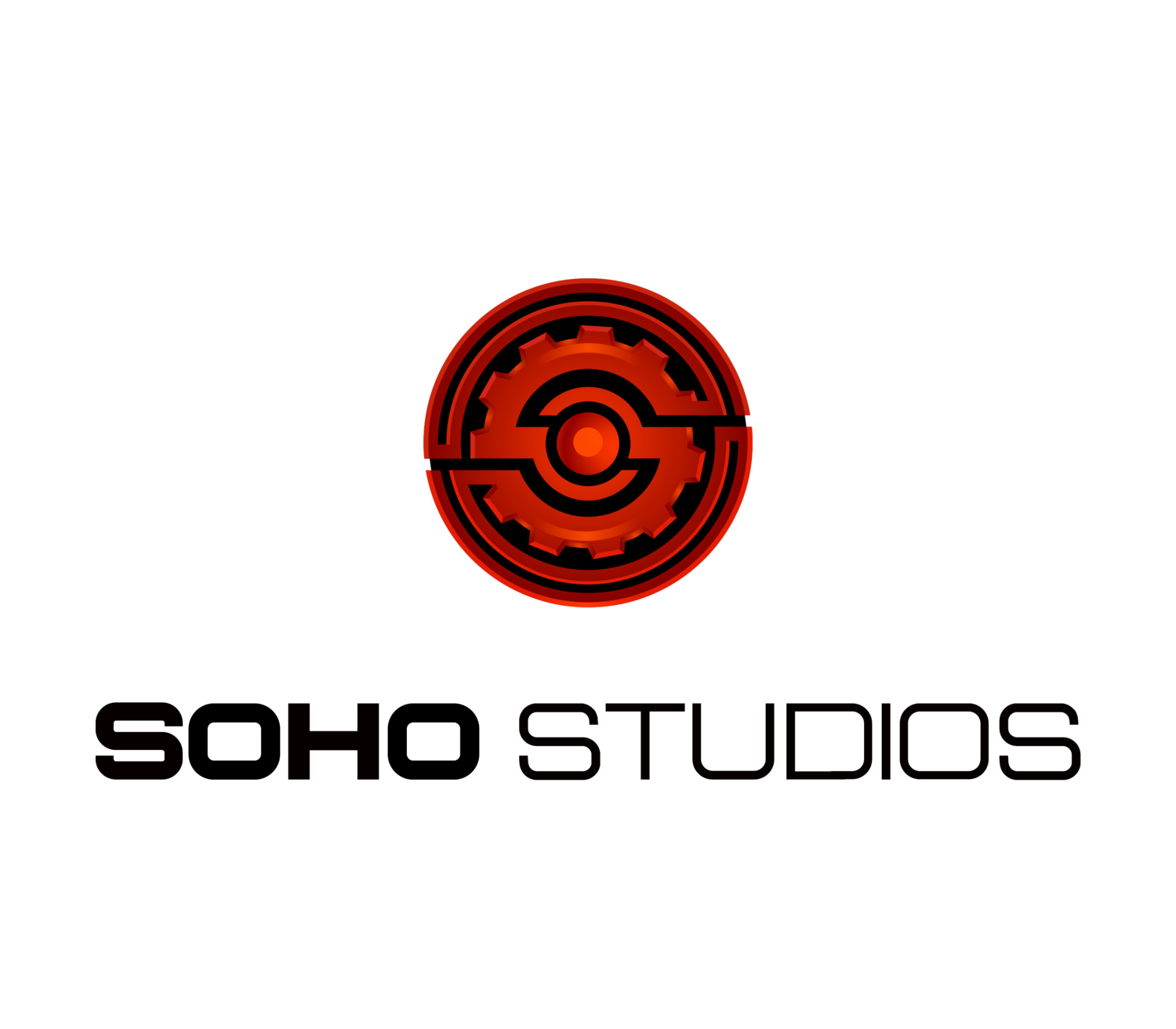VR is here, and it’s only getting more popular. The Oculus Rift, HTC Vive and even Google Cardboard have opened the doors to immersive advertisement—and event marketers are taking note. Virtual reality is today’s one-stop-shop experiential toolkit, capable of immersing entire audiences into brand messages, product tests and strategic launches. Now, Jaguar has taken the reigns—and they’ve introduced their all-electric I-PACE car concepts in the virtual world.
The Launch
Jaguar’s event experienced four attendee “waves,” which included celebrities, automotive lifestyle gurus and media experts. It was a fitting crowd, because the display itself promoted the ideologies of modern media, immersive user experiences and—of course—innovation. Ian Hoban, Jaguar’s vehicle line director, even appeared live within the event’s virtual reality segment. Inside, he revealed the new I-PACE, giving attendees freedom to view the product in full virtual reality.
The launch happened on November 14—two days before Jaguar’s appearance in Los Angeles at Milk Studios.
An HTC Vive Extravaganza
Yes, the HTC Vive was Jaguar’s chosen VR apparatus. The event, however, wasn’t centric to the Vive. Attendees were given a gracious breakfast, a refreshing lunch and even an afternoon teatime. The party, later that night, prioritized group experiences—rather than solo-flyer VR sessions.
Attendees could sit, view the I-PACE and explore the brand’s options throughout 35-minute sessions. During these sessions, users were transported into the driver’s seat, which is a rarity in auto shows. Of course, the Vive’s 360-degree head-tracking technology prompted an environment of full immersion. Users could step out, view the I-PACE’s exterior and even check under the hood. The I-PACE’s electric power technology was showcased, giving attendees full visibility of Jaguar’s latest, greatest innovations.
Live Streaming in the VR World
In the past, VR experiences were incredibly private. It wasn’t rare to see slippery brand promotions which were exclusive to the viewer. Because Jaguar’s attention to detail—and the HTC Vive’s growth—users could view the event’s content without actually being there.
As attendees experienced the I-PACE’s interior, a visual live feed relayed the event’s innards. Event-goers could ask questions in real-time, too, interacting with presenters throughout the experience.
VR was a fitting presentation frame for the I-PACE, which is Jaguar’s most cutting-edge option to date. Reportedly, it pushes the boundaries in both technology and design. Its concepts certainly demanded a big-time reveal, and innovation is a spice to be used in multiple forms. When the user’s individual experience is up close, personable and flexible, the brand wins. Take a page out of Jaguar’s book, and check out the great options presented by the HTC Vive and similar options. Your attendees will thank you.



